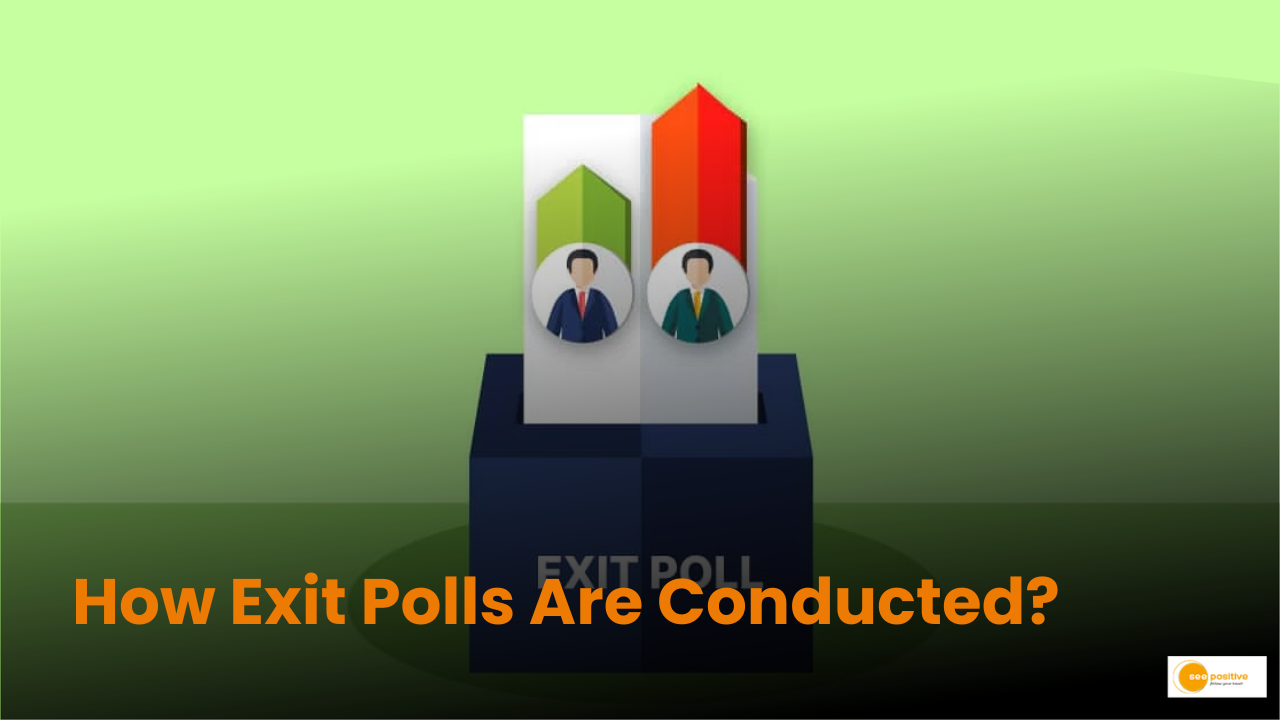India’s largest democratic event, the 18th Lok Sabha Elections, is set to conclude on June 1, 2024. After a rigorous 44-day electoral process, exit polls will commence, offering a glimpse into the potential winners and the extent of their victories. As the elections wrap up on June 1 at 6:00 pm, exit polls will begin at 6:30 pm, providing early insights into voter behavior and trends.
What Are Exit Polls?
An exit poll is a survey conducted with voters immediately after they have cast their votes. This differentiates it from an opinion poll, which is conducted before the elections to gauge voter intentions. Exit polls aim to reflect the prevailing trends in an election, highlighting the key issues, personalities, and loyalties that have influenced voter decisions.
How Exit Polls Are Conducted
Survey Methodology
Exit polls involve surveys conducted outside polling stations, where voters are asked about their voting choices. This method leverages the immediacy of voter experience, which tends to result in more accurate disclosures of their preferences. Unlike opinion polls, exit polls provide immediate insights post-voting.
Organizations Conducting Exit Polls
Typically, exit polls are conducted by private firms or media organizations rather than government agencies. Data collection is usually performed through structured questionnaires, which are essential for coherent data analysis. This method dates back to 1957 during India’s second Lok Sabha elections, when the Indian Institute of Public Opinion conducted the first poll.
Importance of Structured Questionnaires
Structured questionnaires are vital for collecting and analyzing data systematically. While a large sample size is important, ensuring the representativeness of the sample is equally critical. The Centre for the Study of Developing Societies (CSDS) emphasizes the importance of representative samples to ensure accurate predictions.
Challenges in Conducting Exit Polls
Estimating vote shares and predicting seat outcomes are significant challenges in conducting exit polls. The swing model, which relies on past election results to estimate vote shares, is complex and influenced by factors such as geographic location, caste, religion, and economic class. Political alliances changing between elections can also affect predictions. Furthermore, accurately predicting seats requires substantial time and resources, making the process labor-intensive.
The Role of Technology in Exit Polls
Technology has significantly addressed some challenges associated with exit polls. Techniques such as call-backs to respondents, images of interviews, phone calls from the field, and WhatsApp groups have helped improve data accuracy. However, there is no universal rule to ensure the precision of predictions.
Regulatory Framework for Exit Polls
In India, exit polls are governed by strict regulations, including Section 126A of the Representation of the People Act, 1951. This section prohibits the conducting or publicizing of exit poll results through print, electronic media, or any other means while voting is ongoing. The Election Commission (EC) enforces a ban during the voting period, which starts from the beginning of polling hours on the first day and extends until 30 minutes after the closing of polls on the last day of all phases. This measure prevents exit polls from influencing voters in areas where polling is still underway.
Exit Polls vs. Opinion Polls
Opinion polls are surveys conducted before an election to gather voters’ views on various election-related issues. In contrast, exit polls are conducted immediately after voting, aiming to assess the support for political parties and their candidates.
Exit Polls 2024: What to Expect
As the 2024 Lok Sabha Elections, spread across seven phases, draw to a close on June 1 at 6:00 pm, exit polls will begin at 6:30 pm. The counting of votes for all 543 Lok Sabha seats is scheduled for June 4, 2024. These exit polls will provide early indicators of which political parties and candidates are likely to emerge victorious, setting the stage for the final results.
Conclusion
Exit polls play a crucial role in India’s electoral process, offering a snapshot of voter preferences and potential election outcomes. Conducted immediately after voting, these polls provide insights into the prevailing trends and issues that have shaped voter behavior. While technological advancements have improved the accuracy of exit polls, challenges remain, particularly in estimating vote shares and predicting seat outcomes.
Regulatory measures by the Election Commission ensure that exit polls do not influence ongoing voting processes, maintaining the integrity of the elections. As we await the results of the 2024 Lok Sabha Elections, exit polls will offer a preliminary glimpse into the future political landscape of India.


